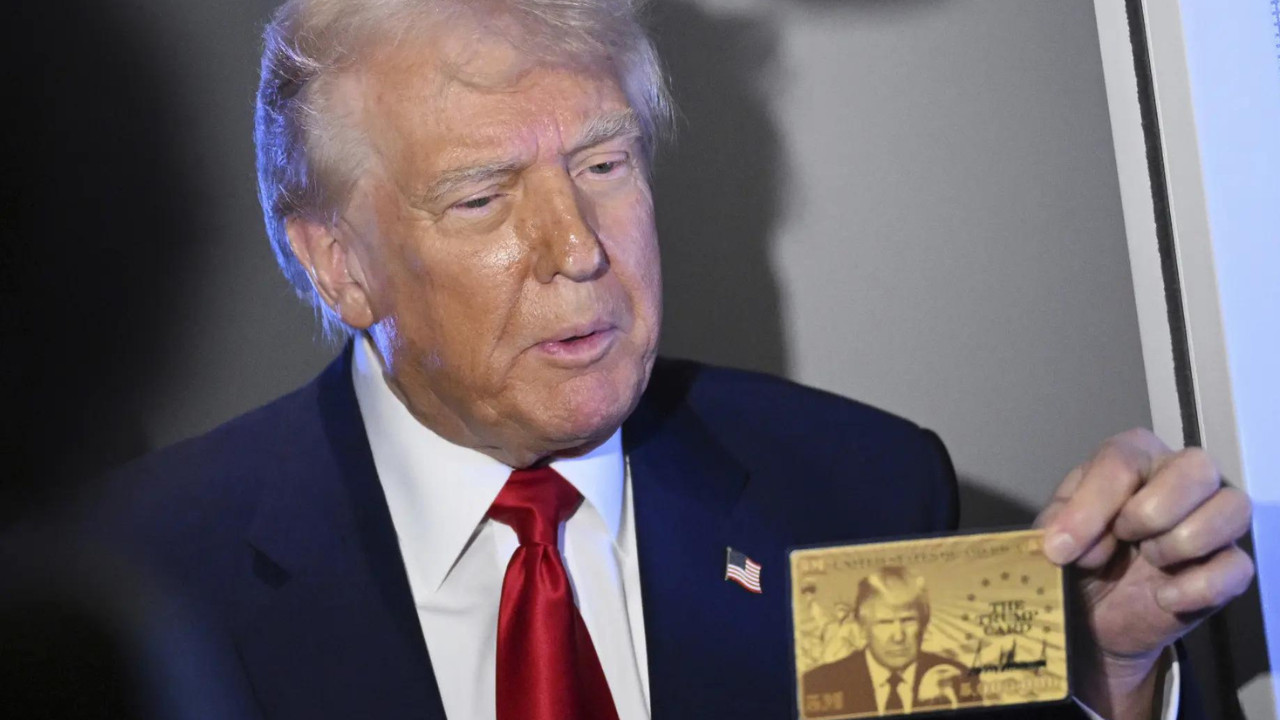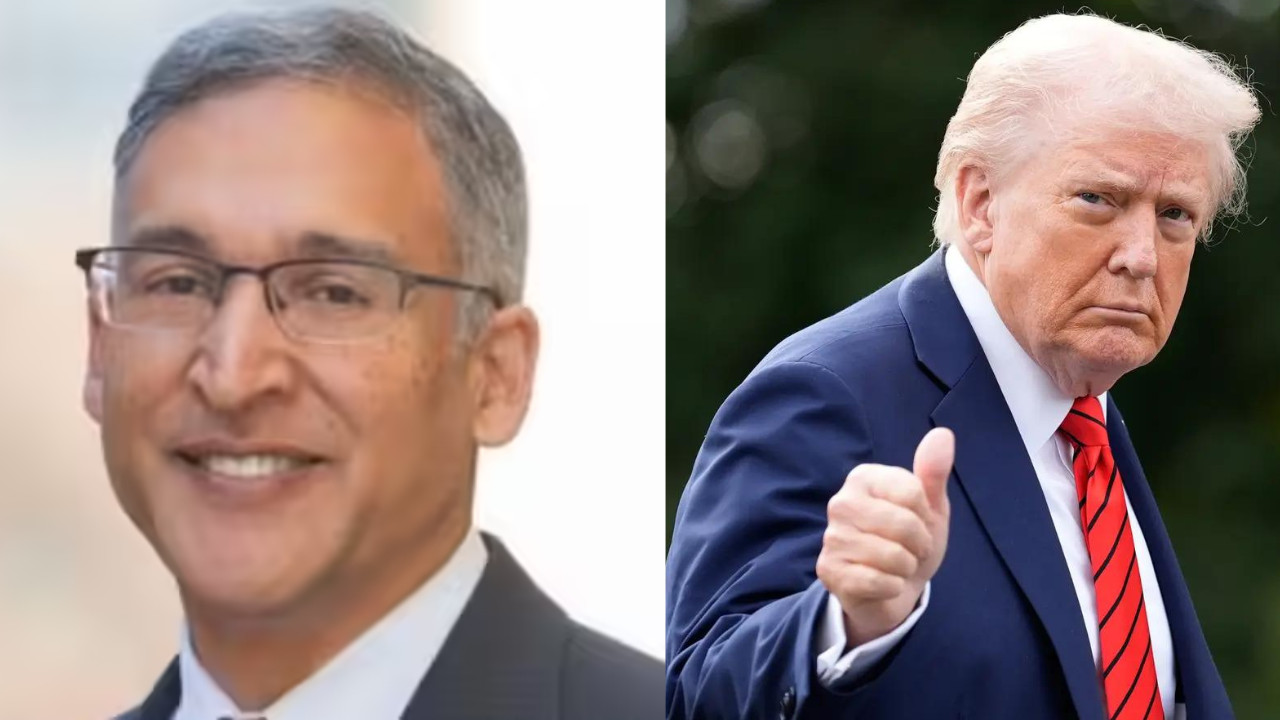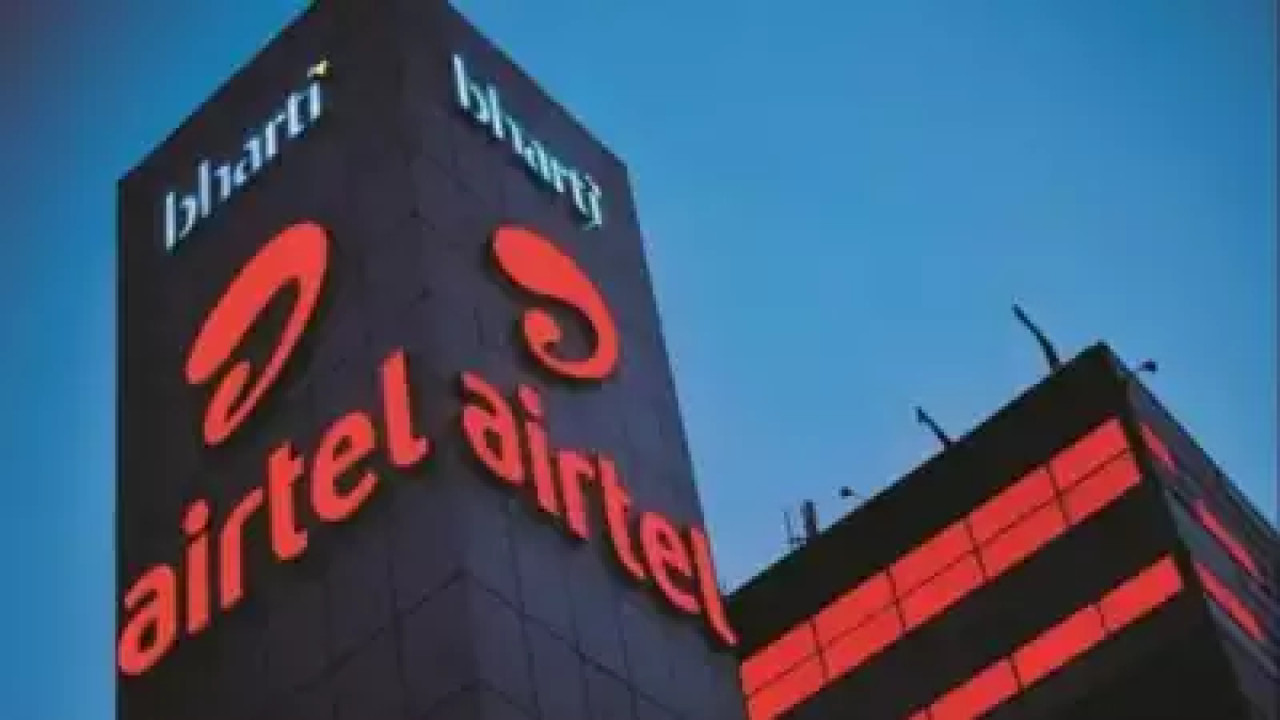The US Commerce Secretary announced a new “gold card” visa program, initiated by President Trump, aimed at attracting wealthy international investors. Requiring a $5 million investment, it offers permanent residency, work authorization, and a path to citizenship, potentially replacing the EB-5 program. Strong interest is anticipated, with the initiative framed as a strategy to reduce the national debt.
The Golden Ticket to America? Trump’s $5 Million Visa Still a Whispering Rumor
Alright, let’s talk about that golden goose, that shimmering carrot dangled in front of potential investors: the rumored Trump-era “Gold Card” visa program. Remember the whispers? The promises of expedited US residency for those willing to drop a cool $5 million into the American economy? Well, the murmurs are starting up again, fueled by recent comments from US Commerce Secretary Michael Lutnick.
For those not familiar, the initial buzz surrounding this “Investor Visa” (because let’s face it, “Gold Card” sounds straight out of Willy Wonka) started during the Trump administration. The idea, at its core, was simple: attract significant foreign investment by offering a faster track to a Green Card. We’re talking about a bypass, in theory, around the often lengthy and bureaucratic existing EB-5 visa program.
Lutnick, speaking recently, didn’t exactly give a launch date. Instead, he confirmed that the program is still under consideration, emphasizing its potential to be a powerful engine for job creation and economic growth within the United States. He painted a picture of wealthy investors building factories, creating high-paying jobs, and generally boosting the American dream – all while securing a coveted place to live and work in the US.
Okay, sounds good on paper. But is it realistic? And, perhaps more importantly, is it fair?
Let’s peel back the layers a bit. The current EB-5 program already allows foreign nationals to obtain a Green Card through investment. However, it’s been plagued by backlogs, processing delays, and accusations of fraud. Some critics argue that the $500,000 investment required in certain targeted employment areas is too low to truly incentivize meaningful job creation, while others point to the regional center program, often used for EB-5 investments, as a hotbed for scams.
So, where does the “Gold Card” fit in? Ostensibly, by raising the investment threshold to $5 million, the program aims to attract investors who are serious about long-term commitment and genuinely capable of funding impactful projects. The promise of expedited processing is also a major selling point, addressing the frustrations with the existing EB-5 system.
However, the higher price tag immediately raises eyebrows. Is this just a blatant cash grab? Will it effectively create a two-tiered immigration system where the wealthy get to jump the line while others wait patiently (and sometimes not so patiently) through years-long backlogs?
The ethical considerations are significant. Immigration should, ideally, be based on skills, need, and family ties – not solely on the size of one’s bank account. While proponents argue that the economic benefits outweigh these concerns, the perception of inequality is a powerful one. It risks further fueling the narrative that the system is rigged in favor of the elite.
Another crucial factor is the security vetting process. Expedited processing shouldn’t come at the cost of thorough background checks. Ensuring that investors are legitimate and not involved in illicit activities is paramount. We need to be vigilant against potential money laundering, fraud, and national security risks. Rushing through the process just to attract capital could have serious repercussions down the line.
Furthermore, the devil, as always, is in the details. How will the program be structured? Will there be specific industry sectors targeted for investment? Will there be geographic limitations? And, crucially, how will the promised expedited processing actually be implemented? Will it truly be faster than the current EB-5 program, or just another layer of bureaucracy draped in gold leaf?
Lutnick’s comments certainly injected fresh life into the conversation, but they also left a lot of unanswered questions. He hinted at ongoing discussions and refinement of the program, suggesting that it’s not yet a done deal. There’s still plenty of room for debate and negotiation regarding the specifics of its implementation.
Ultimately, the success – and the ethical justification – of this potential “Gold Card” visa will hinge on its design, implementation, and oversight. It needs to be transparent, accountable, and demonstrably beneficial to the American economy without exacerbating existing inequalities or compromising national security. Otherwise, it risks being just another gilded cage, accessible only to a select few and ultimately tarnishing the very idea of opportunity in America. So, while the idea of attracting substantial investment is tempting, let’s hope the final product is more gold standard than fool’s gold. The conversation is far from over.
📬 Stay informed — follow us for more insightful updates!







